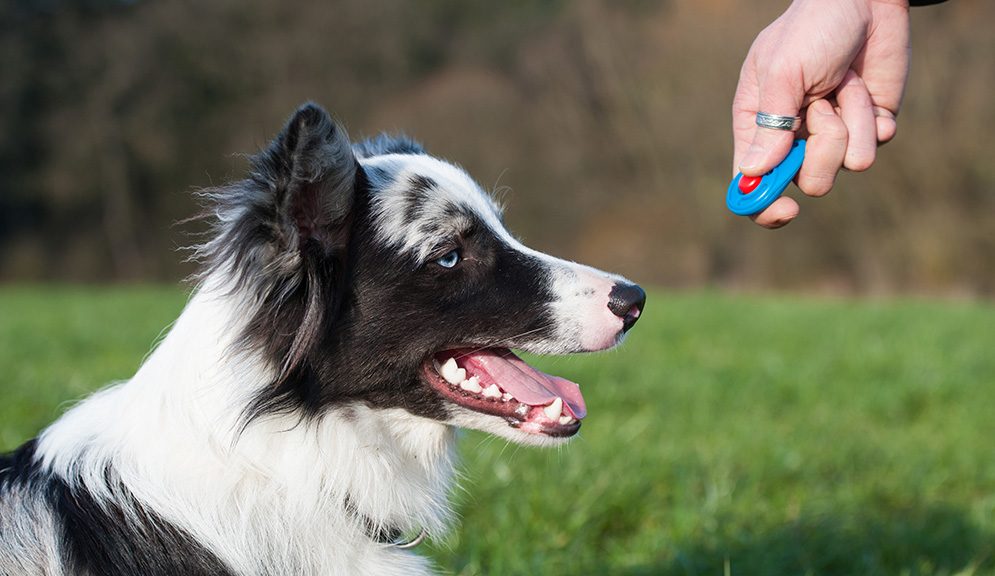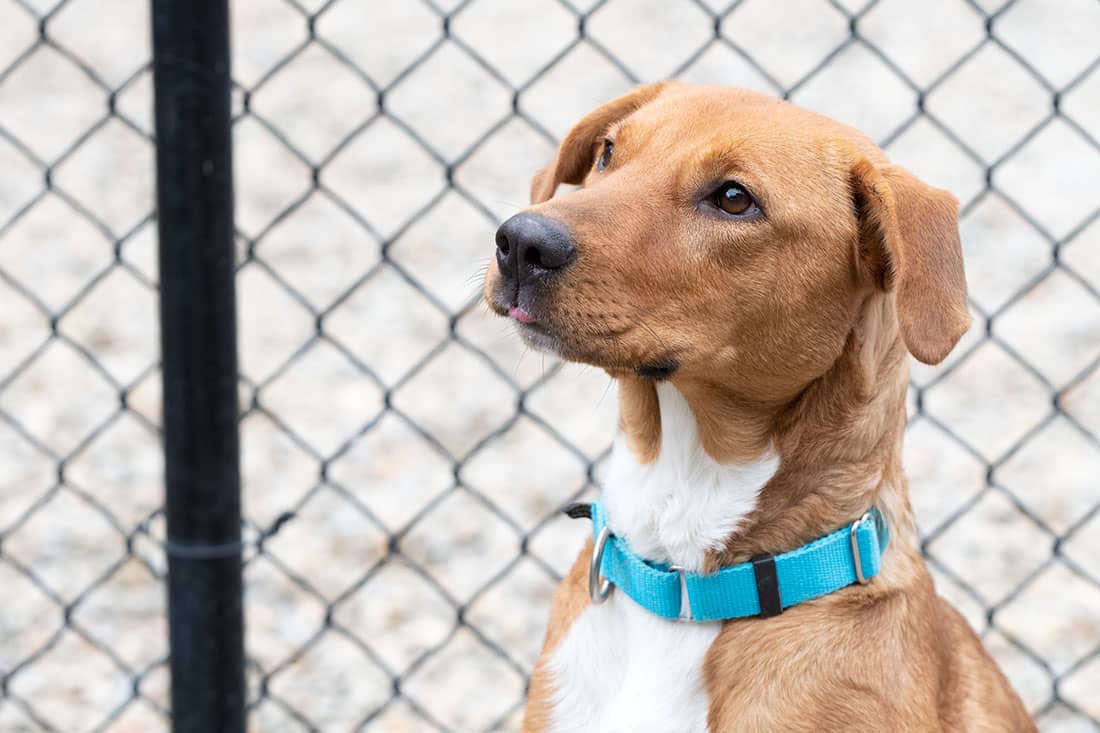Important Tips for Effective Dog Training: An Overview for Pet Owners
Reliable pet training is a diverse process that calls for a calculated technique tailored to both the pet dog's character and the proprietor's goals. Secret parts such as developing regular commands, using favorable reinforcement, and assisting in early socializing play vital roles in fostering a well-adjusted canine friend. However, lots of animal proprietors run into challenges that can hinder development, leading to disappointment and unpredictability. Comprehending just how to browse these obstacles can dramatically improve the training experience, eventually changing the relationship between proprietor and pet. What are the important approaches that can be used to guarantee success in this undertaking?
Comprehending Dog Habits
Understanding pet dog actions is essential for efficient training and cultivating an unified connection in between canines and their proprietors. Pets connect largely via body movement, articulations, and activities, making it important for owners to translate these signals accurately. Identifying a pet dog's stance, tail setting, and ear orientation can give insights into its emotion. For instance, a wagging tail does not always indicate happiness; it can likewise signify excitement or anxiety.

Socialization plays a significant function in canine actions; direct exposure to different environments, people, and various other animals can significantly affect a pet's temperament. Aspects such as breed features and private personality must assist training approaches, as some types might have certain behavioral qualities that necessitate customized strategies. By understanding these aspects, proprietors can produce an encouraging environment that urges positive behavior, resulting in effective training end results and a deeper bond with their pet dogs.
Developing Consistent Commands
Effective interaction with your dog starts with establishing regular commands. This fundamental element of training is crucial for fostering understanding in between you and your family pet. Consistency in the commands you utilize ensures that your pet dog can accurately link particular words or phrases with the wanted habits.
When choosing commands, select clear, distinctive words that are easy to differentiate and state from each other. Stay clear of utilizing similar-sounding commands that might confuse your pet. Utilizing "sit" and "remain" is proper, yet "sit" and "hit" could lead to misconceptions.
Additionally, preserve the very same tone and quantity for every command. Dogs are sensitive to vocal cues, so varying your tone can develop confusion.
It is just as crucial to guarantee that all member of the family are on the very same web page relating to the commands made use of. A united front in command usage will certainly avoid combined signals and reinforce the learning procedure.
Favorable Reinforcement Strategies
The power of positive support in dog training exists in its capability to urge wanted behaviors through benefits and praise. This method is grounded in the principle that actions complied with by beneficial results are most likely to be repeated. By incorporating favorable reinforcement news into your training regimen, you can effectively shape your pet's habits in a useful fashion.
To apply favorable click this site reinforcement, it's necessary to identify what inspires your canine, whether it be treats, toys, or spoken appreciation. When your dog executes a preferred activity, such as resting on command, promptly award them with a treat or love. This organization in between the command and the favorable end result reinforces their understanding.
It's crucial to timing the incentives properly; delivering the reinforcement within secs of the wanted behavior aids your pet make the connection (dog training). Furthermore, consistency is crucial-- make sure that all relative utilize the very same commands and reward systems to prevent complication

Slowly, you can reduce the frequency of deals with as your canine learns the actions, transitioning to commend or periodic benefits. This method not just cultivates a strong bond in between you and your canine yet also advertises a favorable learning setting, making educating a delightful experience for both.
Socialization and Interaction
Regularly revealing your dog to a variety of environments, individuals, and other pets is crucial for their social advancement. Socializing needs to begin early, preferably during the crucial window of 3 to 14 weeks, when puppies are most receptive to new experiences. Nevertheless, older canines can also gain from ongoing socializing initiatives.
Introduce your pet to various setups, such as parks, pet-friendly shops, and urban locations. This exposure aids them adapt to different stimulations, decreasing anxiety and anxiety actions. Encourage favorable communications with various other canines and people, ensuring that these experiences are safe and controlled to foster confidence.
Utilize organized playdates with well-mannered pets, as this can improve your dog's social skills and show them ideal actions. Obedience classes and training sessions likewise provide superb chances for socializing, permitting your dog to interact with others in a monitored atmosphere.
Monitor your pet dog's body movement throughout communications, as this will aid you determine their imp source comfort level. Gradually increase direct exposure to more difficult situations while guaranteeing that each experience is positive. A well-socialized dog is most likely to show well balanced habits, making them a joy to have in any setting.
Dealing With Typical Training Obstacles
Every pet owner will experience training obstacles at some time, regardless of their dog's age or socialization level. Recognizing typical concerns such as stubbornness, disturbances, and fearfulness can assist in developing efficient techniques for renovation.

Progressively introduce diversions as the canine comes to be more skilled in commands. Short, constant training sessions are likewise efficient in preserving attention.
Terror can impede a canine's learning procedure. Progressive desensitization to the source of concern, coupled with favorable support, can assist reduce anxiety. Patience is crucial; never force a pet dog into a situation that triggers distress, as this may exacerbate the concern.
Ultimately, understanding and addressing these typical difficulties with a structured method will foster an extra productive training experience, reinforcing the bond in between pet and proprietor while advertising reliable understanding.
Verdict
In recap, effective pet training relies on a comprehensive understanding of canine habits, the establishment of regular commands, and the application of positive reinforcement strategies. Socialization plays an essential duty in creating well-adjusted pets, while attending to common training difficulties calls for patience and versatility. By applying these necessary strategies, pet proprietors can cultivate a solid bond with their pet dogs and advertise desirable habits, inevitably leading to an unified partnership between humans and their canine buddies.
Comprehending pet behavior is essential for efficient training and cultivating an unified partnership in between canines and their proprietors.Socializing plays a significant role in pet dog actions; direct exposure to various settings, individuals, and other animals can substantially impact a pet dog's temperament.The power of positive support in dog training lies in its ability to urge desired actions through benefits and praise. By including positive reinforcement right into your training program, you can effectively shape your pet's behavior in a useful manner.
In recap, successful canine training depends on an extensive understanding of canine habits, the establishment of consistent commands, and the application of favorable reinforcement methods.